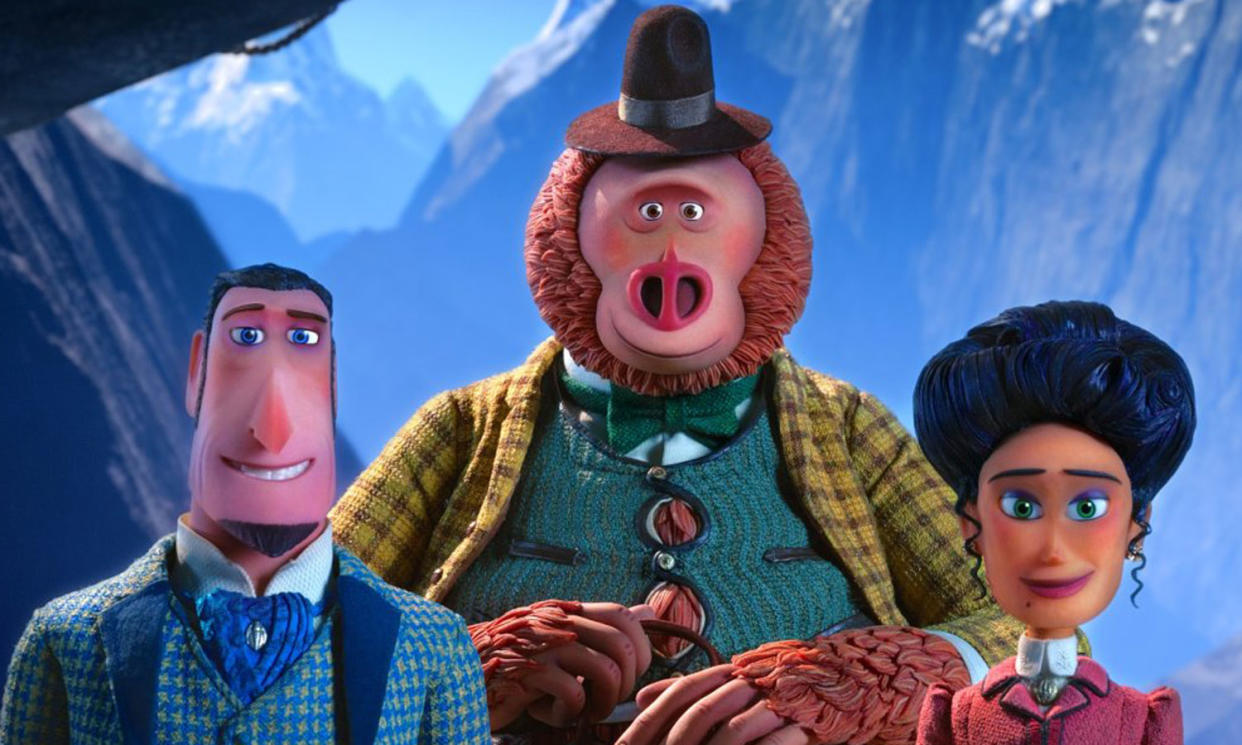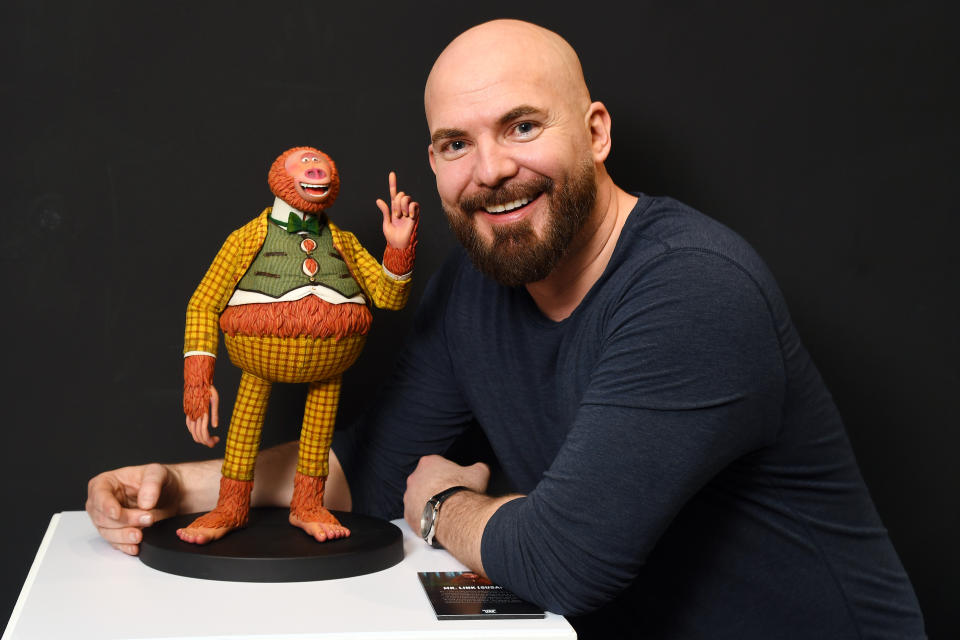Why stop-motion animation matters, by 'Missing Link' director Chris Butler

We’re truly living in a halcyon age for animation. The boundaries continue to be pushed by film studios with groundbreaking films like Sony’s Oscar-winning Spider-Man: Into The Spiderverse, Pixar’s Inside Out, and Netflix’s I Lost My Body, all showing what can be done in the realm of 2D and 3D animation. Animated shows like Bojack Horseman, Rick & Morty, and Love, Death and Robots have also earned critical acclaim for their adult themes.
But stop motion remains one of the most exciting fields of animation around. While the output levels can never match the other animation styles, diverse pictures like Wes Anderson’s Isle of Dogs, Aardman’s A Shaun The Sheep Movie: Farmageddon, and Charlie Kaufman & Duke Johnson’s Anomalisa, have proved that stop-motion remains a true artist’s medium.
Read more: Why Missing Link is the most ambitious stop motion movie ever
Fresh from receiving a Golden Globes nomination for Laika’s charming 2019 action adventure Missing Link, writer-director Chris Butler, writes exclusively for Yahoo about the enduring appeal of stop motion animation.
By Chris Butler, Writer/Director Missing Link

What I think is important to the film industry is diversity: In content, in technique, in everything, and I think stop-motion is a beautiful art form that deserves to stand alongside other mediums.
There is a tendency to view stop-motion as this nostalgic novelty; to put it in a box and say ‘Oh, look at this old fashioned thing!’ but it’s evolving like every other medium. Computer graphics don’t stop evolving. Look at Klaus on Netflix, the site’s first original animated movie. 2D film is still evolving.
Stop-motion is real light on real objects; it doesn't look like CG. There is something unique to the look of it and that comes down to light bouncing off a costume that has been hand stitched, and there's buzz on the fabric and the stitching isn't perfect; it's that imperfection that makes it real and it's something that CG is still chasing, but we have it.
When you see stop-motion, you feel like you could reach into the screen and touch it, and there is something magical about that. I think it goes back to your childhood, when you imagine your toys coming to life? That's exactly what this is.
I think there's a reason that stop-motion has always dabbled in the dark because from its very beginnings, it’s like watching bewitched objects come to life. It's hugely compelling. I love all animation but if you go back 15 or 20 years and watch a CG movie, it looks dated.
You can go back and watch a stop-motion movie that was made 100 years ago, and it doesn't look dated. It’s why there’s been something of a resurgence to practical effects in moviemaking. If you look at the new Star Wars movies, the alien effects are much more reliant on practical puppetry, and of course the original trilogy had stop-motion effects.
When you watch The Empire Strikes Back, and you see the AT-ATs walking through the snow, you don't say, ‘look at that stop-motion’, you say, ‘look at that giant robot machine!’. It's amazing!
I would like to see more of it, and as long as I've been in the industry, there's always been talk about animation evolving so that it's not just seen as kids’ entertainment.
Read more: Inside Aardman Studios
Among my peers, we all want to see that. It goes back to what I said at the beginning; diversity. Different types of stories being told, different looks to things, things that aren't necessarily just aping the last successful kids’ movie. Stop-motion has absolutely influenced the greatest people working in popular cinema today. No doubt.

We are in an interesting time where with streaming. Different kinds of stories are being told in animation that you wouldn't be able to get on the big screen, because the box office wouldn't make them worthwhile. I do think that we will start to see not just stop-motion, but other types of animation telling different kinds of stories, because it's being placed in front of people in a different way.
There's also a really rich British heritage in stop-motion. Laika is based in Portland but there are a lot of Brits in Portland! I went to Aardman (The Wrong Trousers, Chicken Run, Early Man) the other day and we were talking about how we love stop-motion here in the UK, but it doesn't seem to get the audience that it deserves. People love it, but we just want it to get out there more.
Stop-motion does tend to appeal to people who do feel out of the ordinary, and all the movies that I’ve made, they're all outsiders. The thing that makes it most worthwhile is when you hear from kids who've seen these movies, and it's given them hope.
ParaNorman for example; Norman is bullied and because he talks to ghosts - although it is absolutely a metaphor for being gay - he doesn't fit in. I think kids can really relate to a character that doesn't fit in, everyone knows what it feels like to be bullied, or to be picked on.
Often films you see as a kid influence so much in your life. And maybe, because we're working with stop-motion as this kind of outsider for a more independent voice, we're allowed to play in these more interesting areas.
Missing Link is out now on demand, on DVD and Blu-ray.

 Yahoo Movies
Yahoo Movies 
